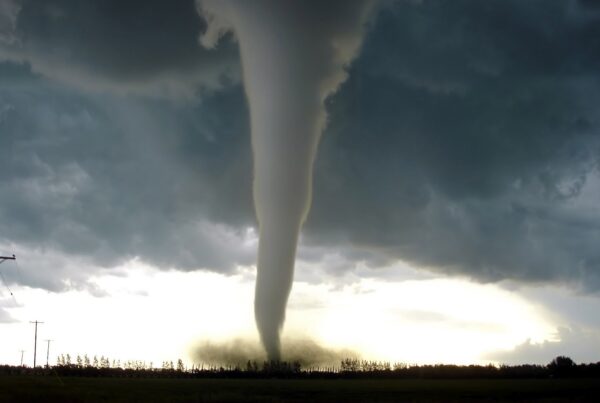 By Gary J. Caruso PE RS of Criterium-Caruso Engineers
By Gary J. Caruso PE RS of Criterium-Caruso Engineers
In a continuing effort to find cost savings, lighting technology continues to change and improve upon efficiency. It is generally thought that lighting accounts for 20% to 50% of the electricity consumption in buildings depending upon the building’s use. Significant cost savings can be achieved with upgrading to more energy efficient lighting technology. Some older technologies are being phased out which may have an immediate impact on your property.
Lighting with older T12 fluorescent lighting and magnetic ballasts have been phased out of production. T12 fluorescent bulbs can be identified by their size. T12 bulbs are 1.5 inches in diameter. Newer T8 bulbs are 1 inch in diameter. One of the intentions of the Energy Independence and Security Act of 2007 was to eliminate most of the T12 bulbs from the market by July 2012. Magnetic ballast distribution was eliminated in 2010 in favor of more efficient electronic ballasts. Replacement and disposal of magnetic ballasts should be completed in compliance with all local and federal regulations. Magnetic ballasts made before 1979 probably contain PCB’s and will require special considerations.
Although T12 bulbs are still available on the market, their availability will be limited in the future. Newer T8 light bulbs were developed as a replacement for the T12 bulbs. The T12 bulbs are inefficient and replacement with more efficient T8 or T5 bulbs is recommended. Retrofitting of older T12 light fixtures generally requires the replacement of any older magnetic ballasts with electronic ballasts. The costs associated with a light fixture retrofit may approach the cost of replacing the older fixture with a newer one. Alternatives include retrofitting the affected light fixtures, replacement of the affected light fixtures with newer ones or a re-design of the lighting system for the most efficient operation. Significant costs for lighting retrofits should be anticipated but savings in electricity costs from 35% to 50% are possible. The T8 bulbs last about 80% longer than the older T12 bulbs reducing maintenance costs further.
Incandescent and fluorescent lighting dominates the lighting applications in many buildings. Standard incandescent lamps can be inefficient and costly to operate. Halogen lamps are a more advanced incandescent technology.
Quality design includes selection of lighting and fixtures along with location selection in order to achieve improved lighting quality. Energy efficient lighting technologies include Compact Fluorescent Lamps (CFL), improved Halogen lamps, improved fluorescent lamps and High Intensity Discharge (HID) lighting systems. Future lighting technologies that will further increase lighting efficiency include light – emitting diode (LED) lamps and induction or electrodeless fluorescent lamps.
Improvements in lighting controls can also enhance your savings. Lighting control is a key part of any lighting system. Some controls that may enhance the flexibility of your property include bi-level controls, dimmer controls, occupancy sensors and daylight sensors.
Some simple upgrades that are generally given as examples of reasonable upgrades to existing systems include; substituting T8 fluorescent lamps and electronic ballasts for the older T12 lamp and magnetic ballasts, replacing incandescent lamps with compact fluorescent lamps, installing the newer more efficient fluorescent lighting in place of incandescent and installing metal halide or high pressure sodium vapor lamps in place of mercury vapor lamps.
These upgrades can involve significant up-front costs in order to achieve the longer term cost savings. To investigate these options further, you should consult with the appropriate professionals.
*This article had been posted in the Fall 2013 edition of The Examiner.


